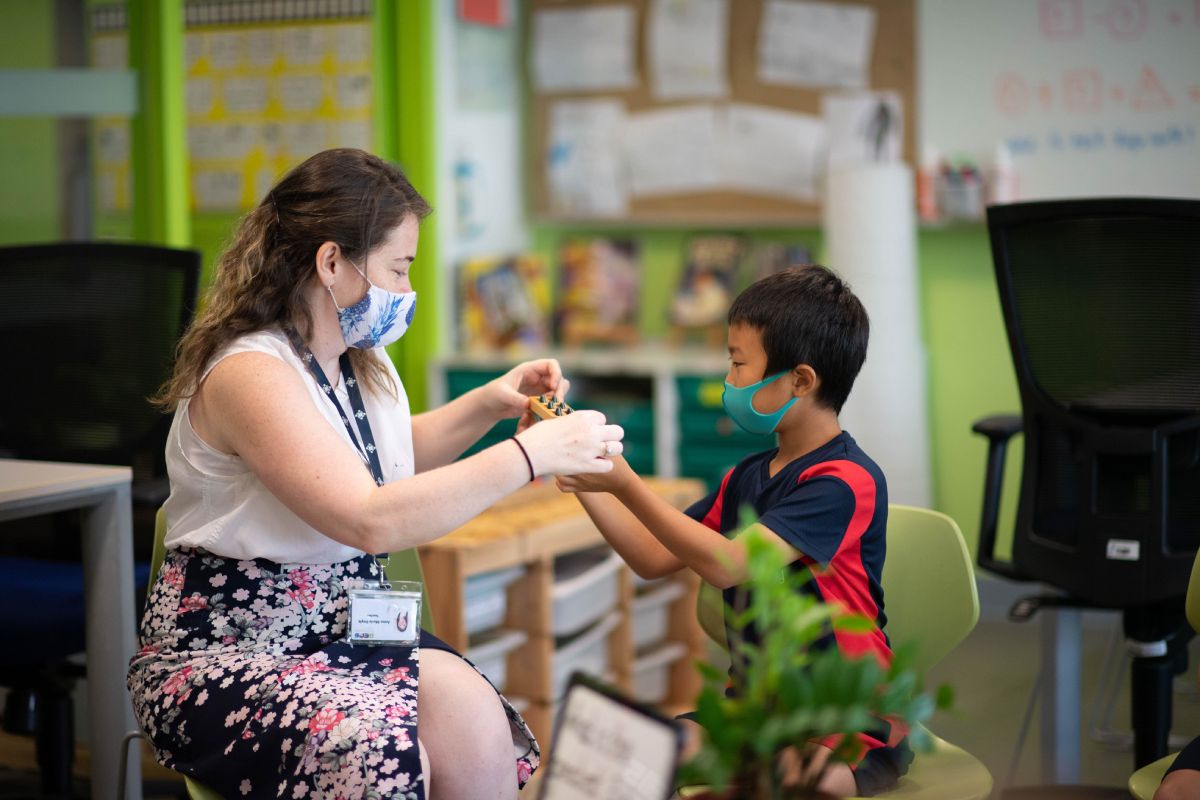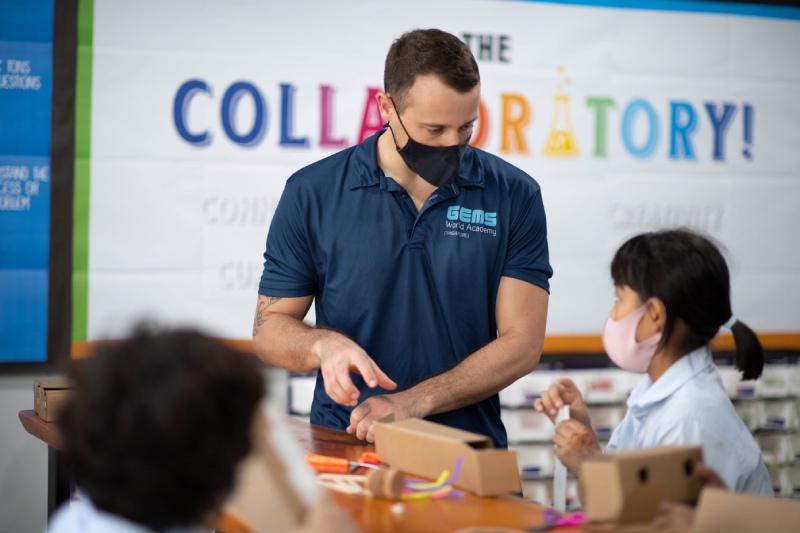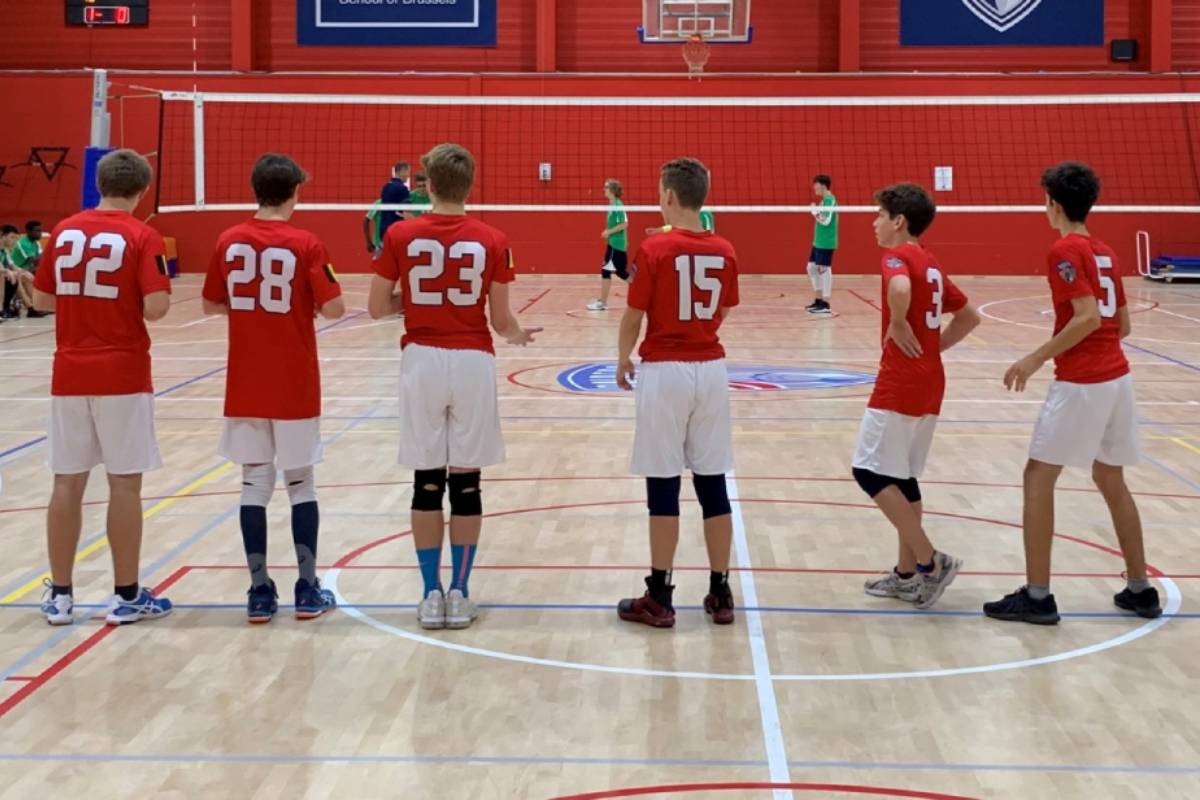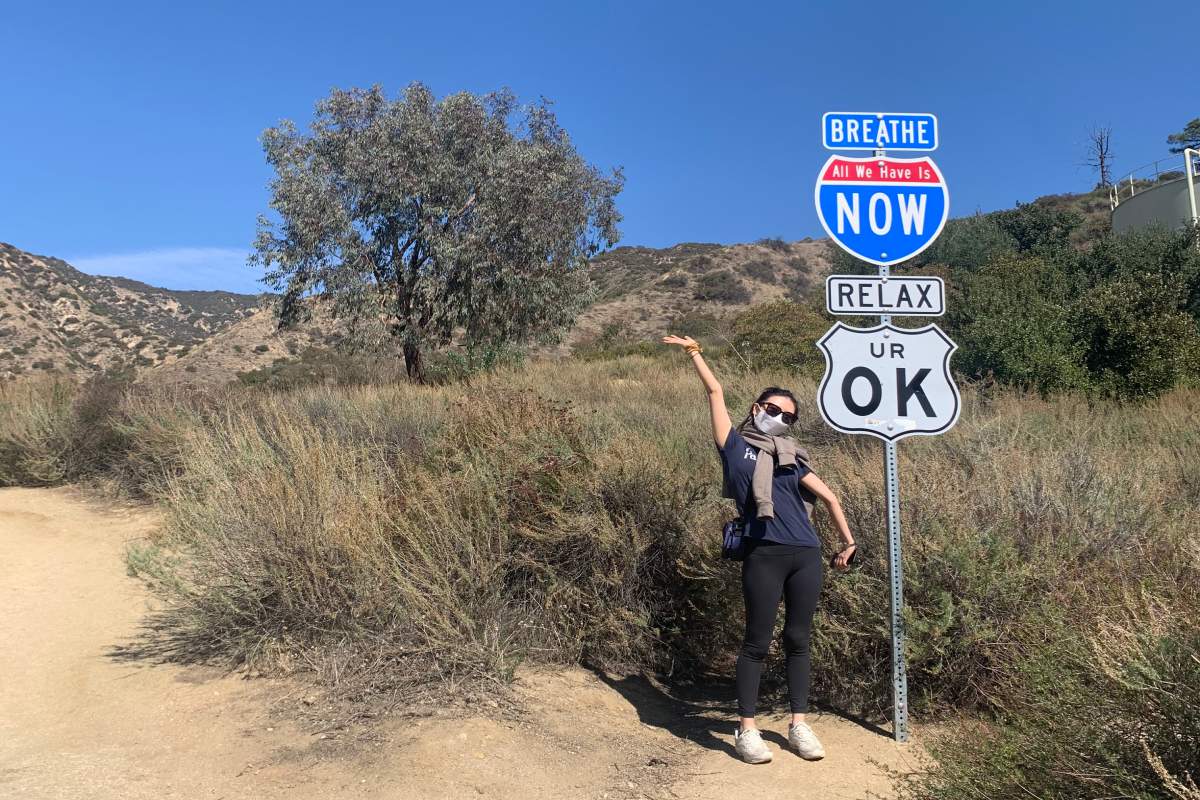Building School Culture in an International Context

Ni Hao, Guten Morgen, Buenos Días, Selamat Pagi…
These are just a few of the morning greetings I have become accustomed to using everyday in my role as an educator and leader in an international school in Singapore. I consider it such a privilege to interact with colleagues, students and families from over 70 nationalities daily and while it comes with a level of challenge, I absolutely love it. Learning about new cultures and celebrating festivals and events I had previously never even heard of are all part of my life as an international educator.
Working within an international context can present many challenges that wouldn’t normally be experienced in a typical school setting. Differing perspectives and a vast academic range due to the various curriculum experiences of our students are just two of the challenges that are addressed when working in such a diverse context.
A few years ago we faced a real ‘United Nations’ challenge at our school which utilized the diplomacy skills of our teachers and leaders. As an international school we celebrated our belief in international-mindedness every year through a huge festival where each nationality represented in our community had a food stall from their home country. It was amazing to experience. Imagine over 70 nationalities offering you their food…. And all trying to outdo one another! You could begin your dinner with a curry from India, steak from Brazil and then top it all off with dessert from Japan. Generally, these events were a tremendous success. However, on this occasion in the lead up to the event the Israeli and Palenstinian stalls were placed right next to each other. Unless you’ve been living on another planet, you would know that these two countries are not the best of friends. After a few tense interactions the situation was amicably resolved and for everyone’s benefit the stalls were relocated to other areas. Phew! It’s challenges like these that you don’t experience in a national school setting.
These experiences definitely shape your perspective of the world and I am so grateful to see life beyond my culture. As an educational leader, the opportunity to lead a significantly diverse faculty has certainly come with its challenges. However, I feel richer and stronger for the experiences I have had.
With that said, I want to share my experiences with you about how we built our school culture into a positive force that ultimately benefited our international students. A school is an entirely different entity when compared to a traditional business or organisation. There are both elements of business and corporate culture within schools, of course. However, as an organisation, a school operates very differently and heavily relies on its culture to achieve success. This is because schools are heavily reliant on the daily interactions of all their stakeholders. It’s a relationship game!
Schools that have developed a positive culture will see a high level of community engagement and greater student academic, social and emotional attainment levels than those that haven’t. A school’s culture is the ultimate litmus test for its current and future success and needs to be the most critical focus for the leaders. You will be very hard pressed to find a school that consistently achieves high academic standards and community engagement with a toxic culture. It simply won’t happen as schools rely on human beings to deliver it’s programs and not automated machinery. History teaches us that human beings generally operate at an optimal level within a supportive, stimulating, and engaging environment. This is why school culture matters. If we want our teachers to be the best they can be for our students, then they require a culture to be created in which they can flourish.
Building a school’s culture is a very intentional process, especially in an international school where there is a significantly diverse community. It requires time, dedication and persistence to build the right kind of momentum you seek and often takes time to create the right team. A previous international school I worked in Singapore was seven years old and had just over 1000 students by the time I left. It took a good five years to build our culture into the positive driving force it is today. During those years there were many successes and many challenges. However, persisting with being intentional about building our culture was something we never compromised.
When we started the school we hired fantastic educators, but they were all individuals. Imagine placing 30 great teachers in a room together… with new leaders, a new curriculum and a new campus and then try to run a school! Many things were successful, but there were also significant challenges. It was like dropping individual jigsaw puzzle pieces onto the floor and expecting them to miraculously join into a perfect picture. Unfortunately, it is not that easy. It took time to build the puzzle.
Three Strategies To Build a Great School Culture
We know that a school’s culture is vitally important to its students’ success regardless of whether it is a public, private or international school. So I’d like to share with you three practical and intentional actions that all schools should be doing to build an inclusive, supportive and engaged learning community.
Building Connections
The first step to build a positive and engaged school culture might seem quite obvious. However, for most schools building connections between stakeholders is often seen as something that occurs by default, or by those who are “relational”. It may happen in pockets in the school community between those that have easily identifiable similarities. Still it is not a deliberate strategy that is focused on and given time.
Building connections between all school community members must be an intentional act that is prioritised and consistent. There has to be an in-depth awareness that building connections is the foundation of your school’s culture. Once there is an awareness of the importance of building connections, then the community can begin to modify its behaviour and attitude.
When I started at my previous school, we had so many great resources on hand, outstanding teachers and a world-class campus. However, our culture was not conducive to that of a collaborative school. People operated within silos and there was a distinct lack of trust in one another. We had to change this! As a leadership team, we had to be strategic in cultivating the environment in which people could connect. I firmly believe that all human beings are wired for connection, and when the appropriate environment is created for people to connect, it happens naturally. We did that, we overhauled our weekly meeting times, removed some of the red-tape that sapped our faculty’s time and we were intentional about creating an environment in which people could connect.
I often say that rapport is like a sieve; it leaks throughout the week and requires regular filling to maintain a full level. In the same way, your school doesn’t does not need the once-off Christmas party or team-building event to create a great culture. Instead, you need to create a safe space and time where your people can be with each other and build authentic connections. It is human nature, and you need to create the environment and time for it.
Contributing to Collective Success
The second step to creating a great school culture is to allow all members of your learning community the opportunity to contribute to the success and growth of your school. As human beings, we all want to be part of something bigger than ourselves, and we want the opportunity to use our skills to add value. This gives us purpose. In a school setting, this is especially important as faculty, parents and students all have a vested emotional interest in the organisation’s success.
Building great connections between your community members is not enough to create a sustainable positive school culture. There must be an aspect of contribution in which people become a part. Each year at our school we conducted year-long teaching and learning reviews. These reviews were based on our strategic goals for the year and involved all faculty members working in closely bonded focus groups as they reflected and reviewed our teaching and learning practices., We had to create the time and space for these groups otherwise it would become “just another thing that the admin was asking us to do.”
After we had shared our ‘why?’ with our faculty, most members were onboard with these focus groups. Initially, we would keep sharing the purpose of why we were doing these focus groups but quickly, they became part of our workflow as a school and the level of buy-in increased. From these groups, we received incredible insight into what we were teaching and more importantly, what was working and what wasn’t, where the gaps were and how we could address them. In addition to these great insights, we also had created space for our faculty to connect with each other around common curriculum interests. There was a sense of agency and unity as all faculty members collectively contributed to our collective success.

Exuding Gratitude
The third step to building a great culture in your school is to create and demonstrate a culture of gratitude. As educators, we often get drawn into the negative aspects of our profession or circumstances. However, when we transition to a position of gratitude, our culture often becomes infectiously positive despite the challenges. So, how do we create a culture of gratitude? In my experience, it comes down to simply bringing perspective to daily conversations. There is always someone who is worse off than we are, or a school in a worse condition than ours. So instead of focusing on the problem we choose to focus on what we are grateful for. This gratitude has to begin at a leadership level and requires intentional actions from leaders to generate the required momentum to influence the entire community.
We often teach our students about perspective but we sometimes fall into the trap of narrow and fixed mindsets as educators. Making a choice every day to focus on what is going well and appreciating the challenges for what they are is a sure way to build a positive and attractive school culture that sets all students up for success.
We are currently living in extremely uncertain times where the future of education, and the future of our lives are going through tremendous change. Therefore, it is even more important for us to create learning communities that are collaborative, inspiring, safe, ambitious and supportive. To do this takes action, and I hope that the three steps I shared in this article will help you make small yet meaningful changes to your school’s culture.
As educators, we have the most incredible job in the world as we get to see our daily work impact the life of another human being. The potential is endless. Never forget how valuable you are to your students.









